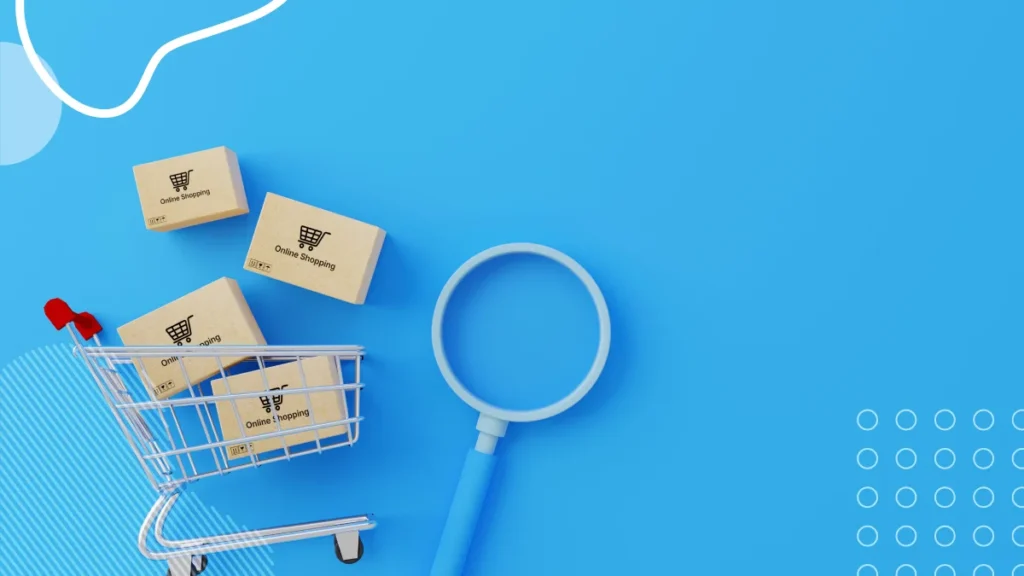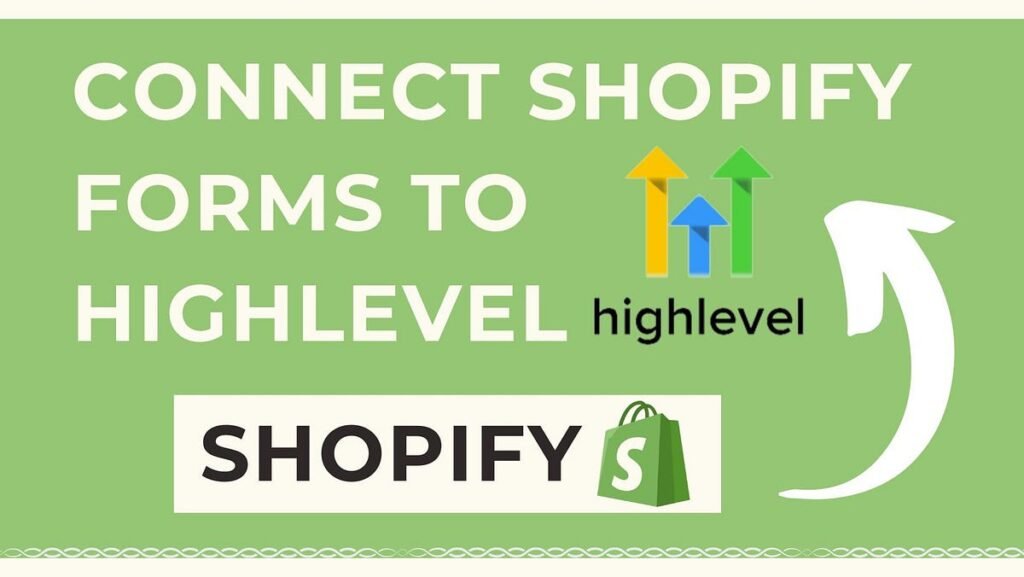Learn the complete process of connecting Shopify forms to HighLevel with this detailed guide! Discover how integrating Shopify forms with HighLevel can streamline your business operations, automate workflows, and enhance customer engagement. Whether you’re looking to centralize data, improve lead management, or create personalized customer experiences, this step-by-step guide on connecting Shopify forms to HighLevel will help you achieve your goals efficiently. Perfect for businesses of all sizes, this integration is a game-changer for boosting productivity and scaling operations seamlessly!
1. Top Benefits of Connecting Shopify Forms to HighLevel
This integration offers a variety of powerful benefits:
Centralized Data Management
All customer data from Shopify forms will sync into HighLevel, creating a single source of truth for your leads, contacts, and customers. This eliminates the need for juggling multiple platforms.
Automation of Repetitive Tasks
Say goodbye to manual data entry. With HighLevel, you can automate workflows like sending welcome emails, assigning leads to pipelines, and scheduling follow-ups, saving you valuable time.
Better Lead Tracking and Scoring
HighLevel’s CRM tools allow you to track where each lead came from, their interaction history, and their position in the sales funnel. You can even assign lead scores to prioritize high-value opportunities.
Enhanced Personalization for Campaigns
Using Shopify form data, you can craft personalized messages tailored to each customer’s preferences, increasing engagement and conversion rates.
Cost Efficiency and Scalability
Automation reduces labor costs and allows your business processes to scale without overloading your team, even as your customer base grows.
These benefits not only improve operational efficiency but also enhance the overall customer experience, giving your business a competitive edge.

2. Step-by-Step Guide: Connecting Shopify Forms to HighLevel
Here’s how to set up this integration in detail:
Step 1: Create and Optimize Shopify Forms
- Log in to Shopify Admin: Access the Shopify dashboard with admin rights.
- Install a Form-Building App: Choose tools like Form Builder, Formidable Forms, or Jotform.
- Design the Form: Customize the form fields to collect relevant data like customer name, email, phone number, and order preferences.
- Embed the Form on Your Store: Add the form to key pages like your homepage, contact page, or checkout page to maximize visibility.
Step 2: Prepare HighLevel for Integration
- Log in to HighLevel: Access your account and navigate to the Settings section.
- Create Custom Fields: Match the fields in your Shopify form, such as “Name” or “Email,” to ensure data aligns perfectly.
- Set Up a Pipeline: Organize the incoming data into actionable categories, like “New Leads” or “Returning Customers.”
- Test a Workflow: Create a simple automation, such as a “Welcome Email” that triggers when a new lead is added.
Step 3: Select and Configure an Integration Tool
Use tools like Zapier, Make (formerly Integromat), or Pabbly Connect to act as a bridge between Shopify and HighLevel.
- Sign Up: If you don’t have an account with your chosen tool, create one.
- Connect Shopify: Authorize the connector tool to access your Shopify account.
- Connect HighLevel: Similarly, authorize HighLevel to enable seamless data flow.
Step 4: Build the Workflow
- Create a New Zap or Scenario: Choose Shopify as the trigger app and HighLevel as the action app.
- Select the Trigger Event: For Shopify, this could be “New Form Submission.”
- Define the Action Event: For HighLevel, choose “Add or Update Contact.”
- Map Fields: Ensure all Shopify form fields align correctly with HighLevel’s custom fields.
Step 5: Test the Integration
- Submit a Sample Form: Fill out and submit a test form on your Shopify store.
- Verify Data Transfer: Check HighLevel to confirm the data appears as expected.
- Debug Issues: Adjust mappings or workflows if the data doesn’t sync properly.
Step 6: Activate and Monitor
- Turn On the Workflow: Enable the zap or scenario in your connector tool.
- Monitor Regularly: Periodically check both platforms to ensure consistent syncing and fix any errors promptly.
3. Common Mistakes When Connecting Shopify Forms to HighLevel
While the process is straightforward, some common mistakes can cause hiccups. Here’s how to avoid them:
Incorrect Field Mapping
If fields in Shopify forms don’t match HighLevel’s custom fields, data may not sync correctly. Double-check your mappings to ensure accuracy.
Skipping the Testing Phase
Testing is critical. Without it, you may not catch issues until they impact real customer data. Always run sample submissions before activating workflows.
Overcomplicated Workflows
Starting with overly complex automations can lead to errors and confusion. Begin with simple workflows and gradually add complexity.
Ignoring Security Concerns
Ensure that your integration tool uses encryption and secure APIs to protect customer data during transfer.
By addressing these potential issues early, you’ll save time and ensure a smooth integration process.

4. How Shopify Forms and HighLevel Improve Customer Retention
A strong customer retention strategy is vital for sustainable growth. Here’s how this integration supports retention:
Seamless Follow-Ups
Automate timely follow-ups with customers after form submissions to keep them engaged.
Proactive Re-Engagement
Use HighLevel to identify inactive customers and send personalized messages or offers to bring them back.
Customized Customer Journeys
Design workflows based on customer behavior, such as abandoned cart reminders or exclusive offers for loyal buyers.
Real-Time Notifications
Receive alerts for high-priority customer actions, allowing you to respond quickly and strengthen the relationship.
With these features, you can turn one-time buyers into loyal customers.
5. Advanced Automations Using Shopify Forms and HighLevel
Here’s how you can use advanced automations to further optimize your workflows:
Lead Scoring Automation
Automatically assign scores to leads based on form responses, prioritizing those most likely to convert.
Behavior-Based Actions
Trigger specific workflows based on customer behavior, such as browsing habits or purchases.
Dynamic Segmentation
Organize customers into dynamic segments for targeted campaigns, such as VIP customers or first-time buyers.
Upsell and Cross-Sell Campaigns
Create workflows to recommend related products or services based on previous purchases.
Performance Tracking
Monitor automation performance and tweak campaigns to improve conversion rates over time.
These advanced features allow you to maximize the value of your integration and stay ahead of competitors.
Conclusion
Connecting Shopify forms to HighLevel is more than just a technical setup; it’s a strategic move to grow your business. By understanding the benefits, following the step-by-step guide, avoiding common mistakes, and leveraging advanced automations, you can transform your workflows, improve customer retention, and unlock new growth opportunities.
Take action today, and watch your business thrive with smarter systems!




